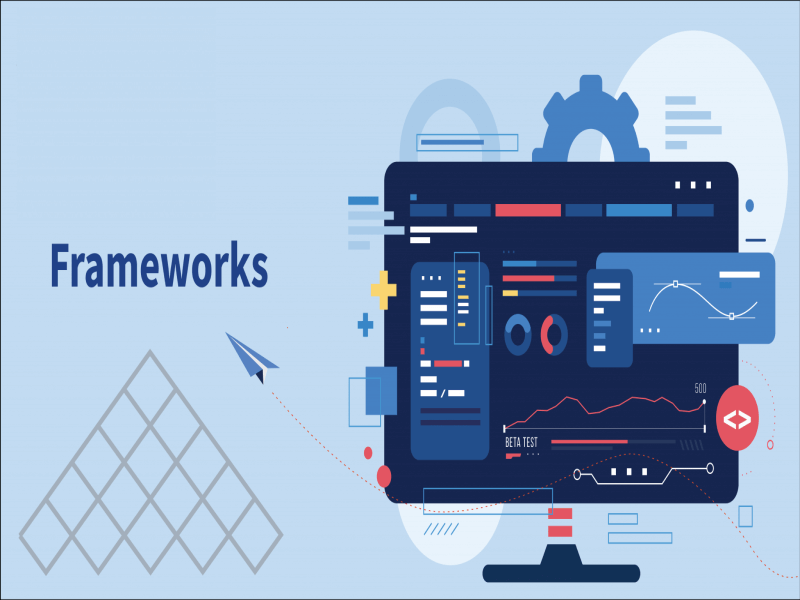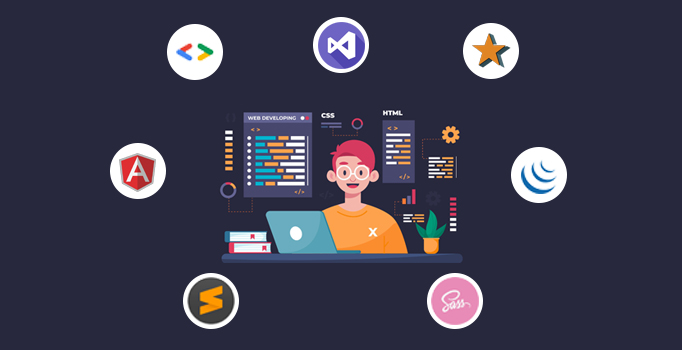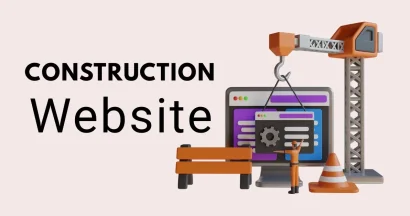Are you looking for effective ways to build a technical website or display your products like Autofun? The use of Javascript in app development companies is growing every day because this scripting language is considered to be the best. This tool enables web developers to create interactive, user-friendly sites with exciting interfaces. So, we have listed 10 Frontend Web Development Tools for you to consider.
As an alternative to complex classic JS, a large number of JavaScript frameworks are also at the disposal of developers, and their number grows while the existing ones are constantly updated. In such an environment, it can be quite difficult to choose a tool suitable for online quiz maker software. To avoid mistakes, the features of the project and the way they correspond to the strengths and weaknesses of the JavaScript framework should be taken into account.
The Benefits of Framework

The Javascript framework is a complete set of functions written in the Javascript language that is ready to use. The functions of the framework are to manipulate elements in the application and on the web page, as well as to ensure the effectiveness of the application’s interaction with the server.
What are the benefits of the Javascript framework for Frontend Web Development Tools? Its main advantage is the ability to provide instant feedback from the user. If, in the case of a traditional website developed without the Javascript framework, downloading new content requires a page reload, then with the use of the framework, reload is required for individual blocks only. This feature of the framework is used on Facebook. When a user goes from the Messages page to the News page, the whole page does not reload – only a few blocks change.
Advantages of Using a Framework Frontend Web Development Tools

Savings. Most open-source frameworks are free or have symbolic costs.
Increased web development speed. The framework has enough quality documentation to do any job. You can resolve the working issues are resolve in numerous forums as well as in support groups. Support for some Javascript frameworks from Google and Facebook is also useful. In such conditions, interface development speed increases significantly.
The efficiency and quality of developing a web interface grow due to pre-created templates. This allows for reducing the amount of code, thus completing the project much faster.
Okay, let’s move to the main part of the most favored Frontend Web Development Tools by developers.
The Best 10 Frontend Web Development Tools

Javascript
Javascript is the most popular in the list of Frontend Web Development Tools. It is for creating SPA, social networks, eCommerce products, SaaS platforms, etc. Today it is difficult to imagine a modern web without frameworks.
Node.JS
Node.Js is on the list of front-end development tools we have to say. Created in 2011, Node.JS was and remains one of the most popular platforms for web-interface developers. This is a very convenient tool, especially for creating scalable programs. The framework is so popular because it provides the developer with a tool for managing multiple connections. Node.js is an excellent tool for creating web server modules and other network tools responsible for kernel functions.
React.JS
This framework is a library of Java scripts and is supported not only by a group of programmers but also by highly reputable Facebook. Thanks to the open-source code, the framework allows web developers to create giant applications that are 90% off on their shared hosting like Hostinger and can consume huge amounts of data. Changing the data does not require reloading the web page. Besides simplicity, React.JS attracts developers by its scalability and excellent speed. Some WordPress companies recommend using React.JS together with other JavaScript libraries and frameworks.
Angular.JS
The free, open-source JavaScript framework is added to HTML pages through code. As a result, the developer gets an expanded vocabulary that ensures successful work not only with static documents but also with dynamic representations. Angular.JS works with various libraries and is an excellent set of tools for developing a web interface. The framework provides data binding and the ability to control bulk coding.
Express.JS
If you think the smaller the tool, the better, then Express.JS is just the perfect framework for creating a flexible, open-source environment. Flexibility and simplicity attract developers. NPMs provide good website functionality. But the most important thing is that the developer just needs to understand MongoDB at the amateur level and have the same superficial understanding of HTML, CSS, and JavaScript. The code for the application will not be overly complex, because the framework supports dynamic code.
NPM
This tool has a free version, and in the Orgs format, it costs $7 per month. NPM products provide developers with the ability to publish OSS packages in unlimited quantities with the automatic warnings of dangerous code. It is an excellent corporate solution with support for group permissions and workflow integration. NPM is the best for small organizations.
Github
The platform has 2 formats: Free or Pro format for $7 for individuals. There are also Team formats ($7 per month) and Enterprise formats for teams. This framework allows creation of validation tools and their integration of them with workflows. GitHub can be presented as an independent and cloud solution that provides enterprises with functions such as project management, social coding, integration, etc.
Chrome DevTools
This is a set of web developer tools integrated into Google Chrome, which lets the user:
- View and modify the DOM;
- run and debug JS in the console;
- view messages;
- optimize the speed of the site;
- edit pages;
- diagnose problems;
- check network activity.
Chrome DevTools is community supported and listed in the most popular Frontend Web Development Tools.
Tilda
This interesting platform is difficult to compare with anything. To clarify, Tilda is a tool designed for creators of beautiful websites focused on effective presentation of content. Simple drag-and-drop blocks on the page with instant source code generation are achieved through the use of a modular system. Tilda is a great tool for developing a responsive website, which can be either a separate resource or a built-in landing page.
Fotor
Photo editor in the PC program or online format. It is able to create a design from scratch. Moreover, there are image editing and retouching, options for making collages, adding effects, frames, and more.
The online Pro version has all the features of the program for the PC plus additional features, including batch processing and a great image library. Hence, Fotor is compatible with all operating systems.
PowerMockup
Last but not least, PowerMockup is one of the best Frontend Web Development Tools. This addition to PowerPoint is also a set of elements for prototyping the interface and creating website layouts. There are 800 icons and interface elements made on the basis of PowerPoint for creating prototypes of sites, mobile applications, and VPN services right in the program. Further, the user gets the license for $59.99 for an unlimited time.
An app development company that uses the most popular Frontend Web Development Tools and some other tools from the list of ten leaders represented in this article can be relied on for high-quality and fast web interface creation.
Read more: 5 Reasons to Avail Local SEO Service for Business Enhancement


